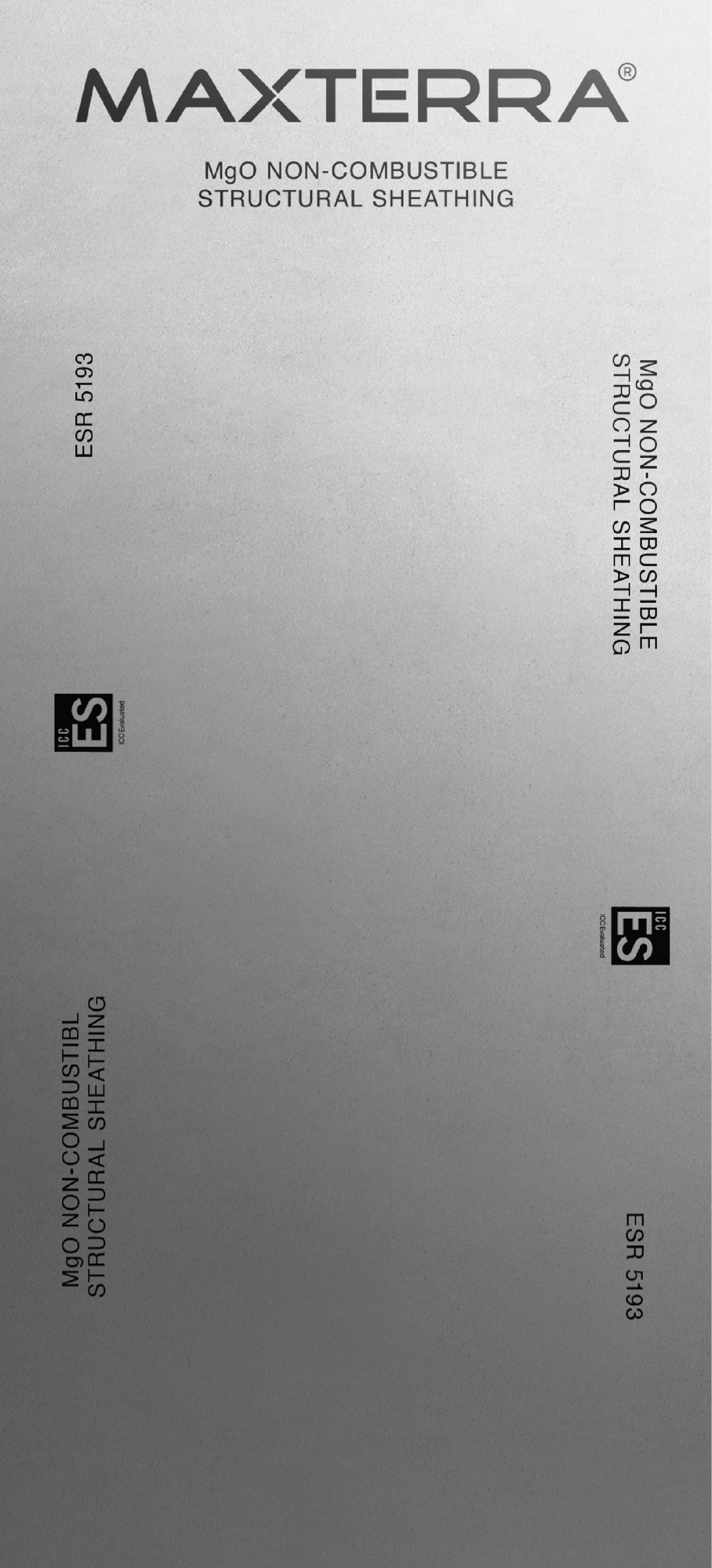Energy Efficiency
Buildings consume nearly 40% of global energy, with inefficient insulation and poor thermal performance in conventional materials leading to higher energy costs and a significant environmental impact. This inefficiency contributes to substantial carbon emissions and increased utility bills. As climate change drives more extreme temperatures, the demand for heating and cooling is only increasing, making energy efficiency more critical than ever. Rising energy prices are adding to the economic burden for homeowners and businesses alike. Energy efficiency is crucial not only for reducing costs but also for minimizing the overall environmental impact of buildings.
MAXTERRA® products enhance
energy efficiency in buildings.
Key Facts and Certifications.

Key Facts and Certifications.
Thermal Efficiency and Consistent Indoor Comfort
MgO boards demonstrate low thermal conductivity, helping to reduce heat transfer and stabilize indoor temperatures, enhancing thermal performance in energy-efficient construction.
Enhanced Insulation for Energy Savings
MgO boards are a great sheathing option in combination with panelized insulation products. The extraordinary fire performance characteristics (compared to traditional building materials) make them an exceptional choice for projects requiring continuous exterior insulation and energy-efficient building design.
Contribution to Lower Energy Costs
Incorporating MAXTERRA® panels in high-performance building designs can contribute to significant reductions in energy consumption, resulting in lower energy costs, enhanced sustainability, and improved indoor comfort.
Application Highlights
Situation
Energy efficiency is a critical consideration in modern construction, as it directly impacts operational costs and environmental sustainability.
Solution
MAXTERRA MgO products are an excellent component in energy-efficient building design. They help maintain consistent indoor temperatures, reducing the need for heating and cooling and leading to lower energy consumption.
Impact
Using MAXTERRA products enhances the energy efficiency of buildings, resulting in reduced energy bills and a smaller carbon footprint. This contributes to sustainable living and makes the properties more attractive to energy-conscious buyers.
*Non-combustible panels include MAXTERRA MgO Non-Combustible Structural Sheathing and MAXTERRA MgO Non-Combustible Single Layer Structural Floor Panels.
